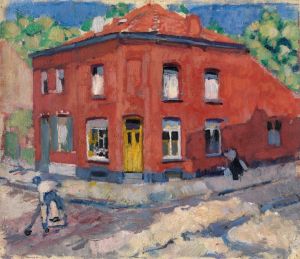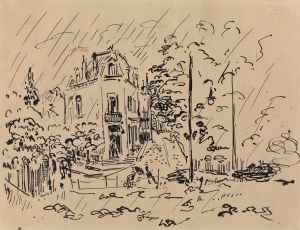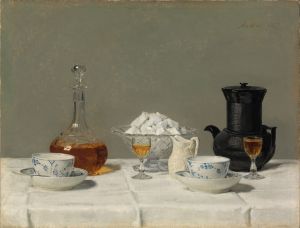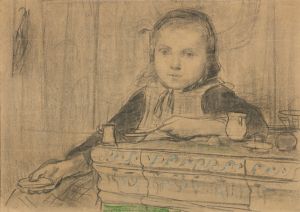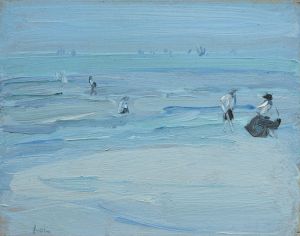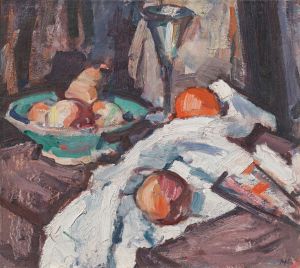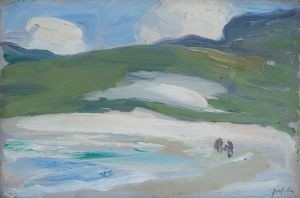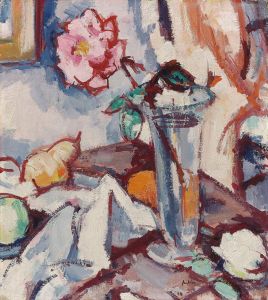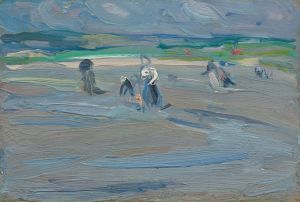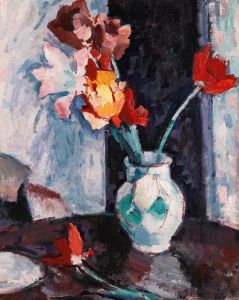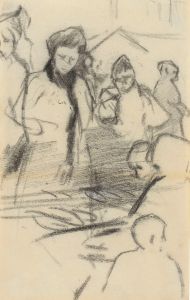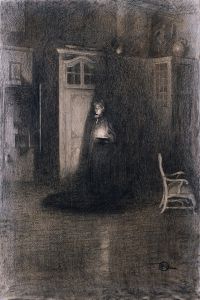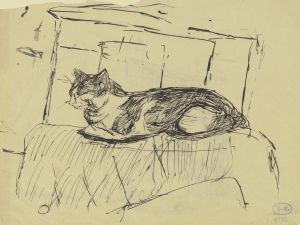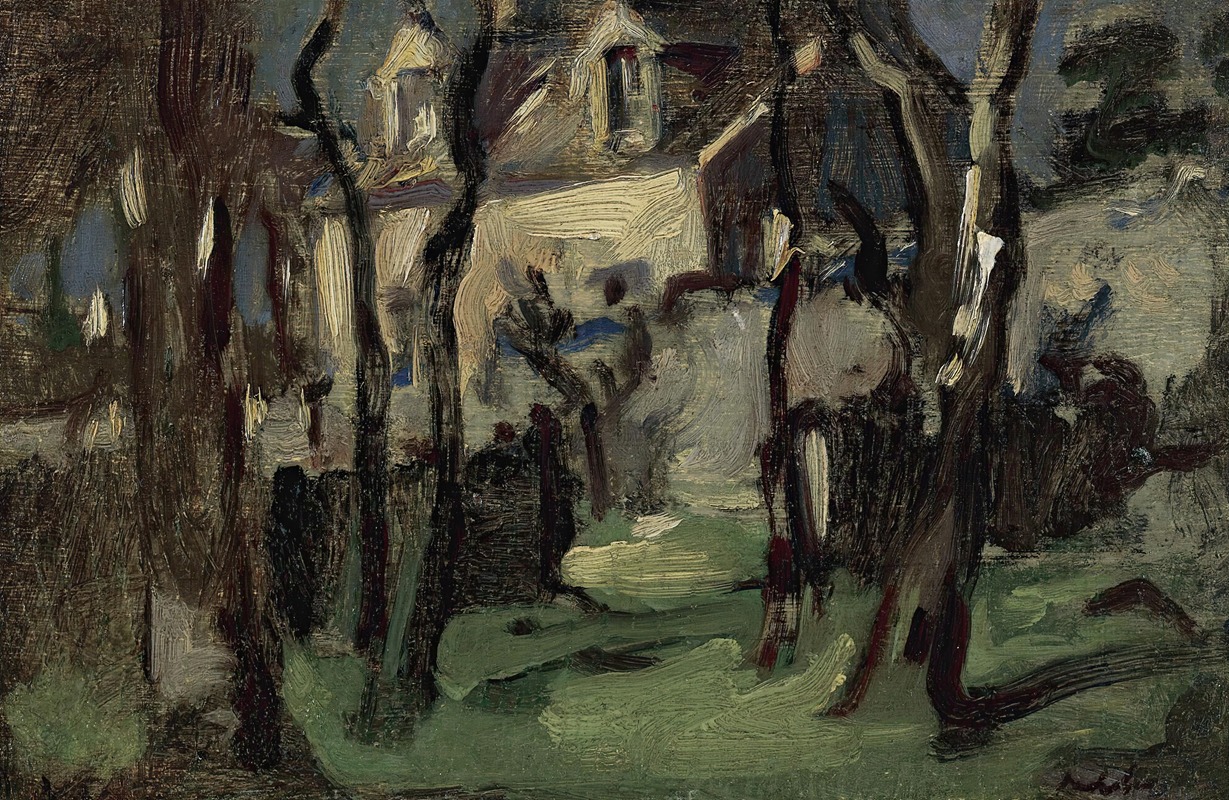
Cottage At Corstorphine
A hand-painted replica of Samuel John Peploe’s masterpiece Cottage At Corstorphine, meticulously crafted by professional artists to capture the true essence of the original. Each piece is created with museum-quality canvas and rare mineral pigments, carefully painted by experienced artists with delicate brushstrokes and rich, layered colors to perfectly recreate the texture of the original artwork. Unlike machine-printed reproductions, this hand-painted version brings the painting to life, infused with the artist’s emotions and skill in every stroke. Whether for personal collection or home decoration, it instantly elevates the artistic atmosphere of any space.
Samuel John Peploe (1871-1935) was a Scottish painter known for his association with the Scottish Colourists, a group of artists who were influenced by French Impressionism and Post-Impressionism. One of his notable works is "Cottage at Corstorphine," which exemplifies his distinctive style and contribution to early 20th-century Scottish art.
"Cottage at Corstorphine" is an oil painting that captures a serene rural scene, featuring a quaint cottage situated in Corstorphine, a suburb of Edinburgh. Peploe's use of bold colors and confident brushstrokes is evident in this work, reflecting the influence of French artists like Paul Cézanne and Henri Matisse. The painting showcases Peploe's ability to blend traditional Scottish subjects with modernist techniques, creating a vibrant and dynamic composition.
The painting is characterized by its vivid palette and the interplay of light and shadow, which Peploe skillfully manipulates to bring the scene to life. The cottage, with its whitewashed walls and red roof, stands out against the lush greenery and the blue sky, creating a striking contrast that draws the viewer's eye. The surrounding landscape is rendered with broad, expressive strokes, capturing the essence of the natural environment without delving into minute details.
Peploe's approach to composition in "Cottage at Corstorphine" reflects his interest in structure and form. The arrangement of elements within the painting is carefully considered, with the cottage positioned slightly off-center to create a sense of balance and harmony. This compositional technique, combined with his use of color, demonstrates Peploe's mastery of both traditional and modern artistic principles.
The painting is also notable for its sense of tranquility and simplicity. Unlike some of Peploe's more urban or still-life works, "Cottage at Corstorphine" evokes a peaceful, pastoral atmosphere, inviting the viewer to appreciate the beauty of the Scottish countryside. This focus on rural life is a recurring theme in Peploe's oeuvre, reflecting his deep connection to the landscapes of Scotland.
"Cottage at Corstorphine" is an important example of Peploe's work during a period when he was exploring new artistic directions. After studying in Paris and being influenced by the avant-garde movements there, Peploe returned to Scotland with a renewed vision, which is evident in this painting. His ability to integrate these influences into his own unique style helped to establish him as a leading figure in Scottish art.
Today, "Cottage at Corstorphine" is held in high regard and is part of several public and private collections. It continues to be celebrated for its artistic merit and its representation of Peploe's contribution to the Scottish Colourist movement. The painting not only highlights Peploe's technical skill but also his ability to convey emotion and atmosphere through his art.
In summary, "Cottage at Corstorphine" by Samuel John Peploe is a significant work that captures the essence of the Scottish countryside through the lens of early 20th-century modernism. With its bold colors, dynamic composition, and serene subject matter, the painting stands as a testament to Peploe's artistic legacy and his role in the development of Scottish art.





